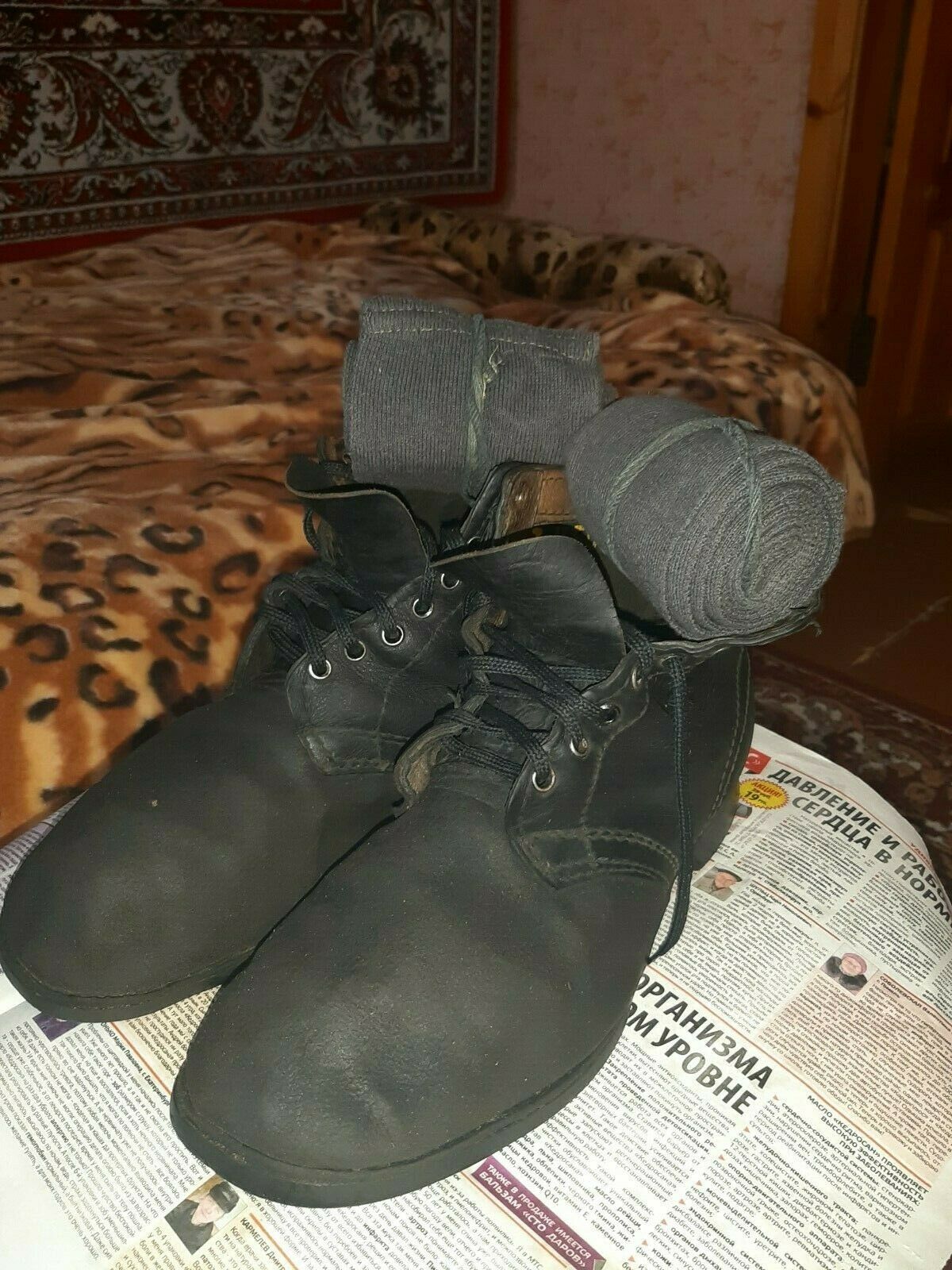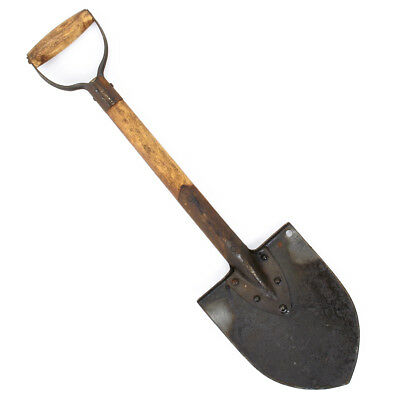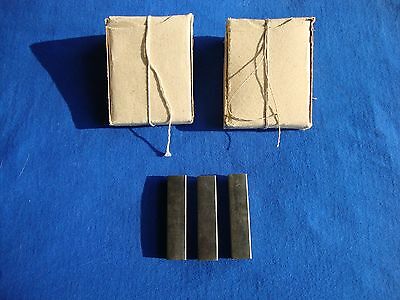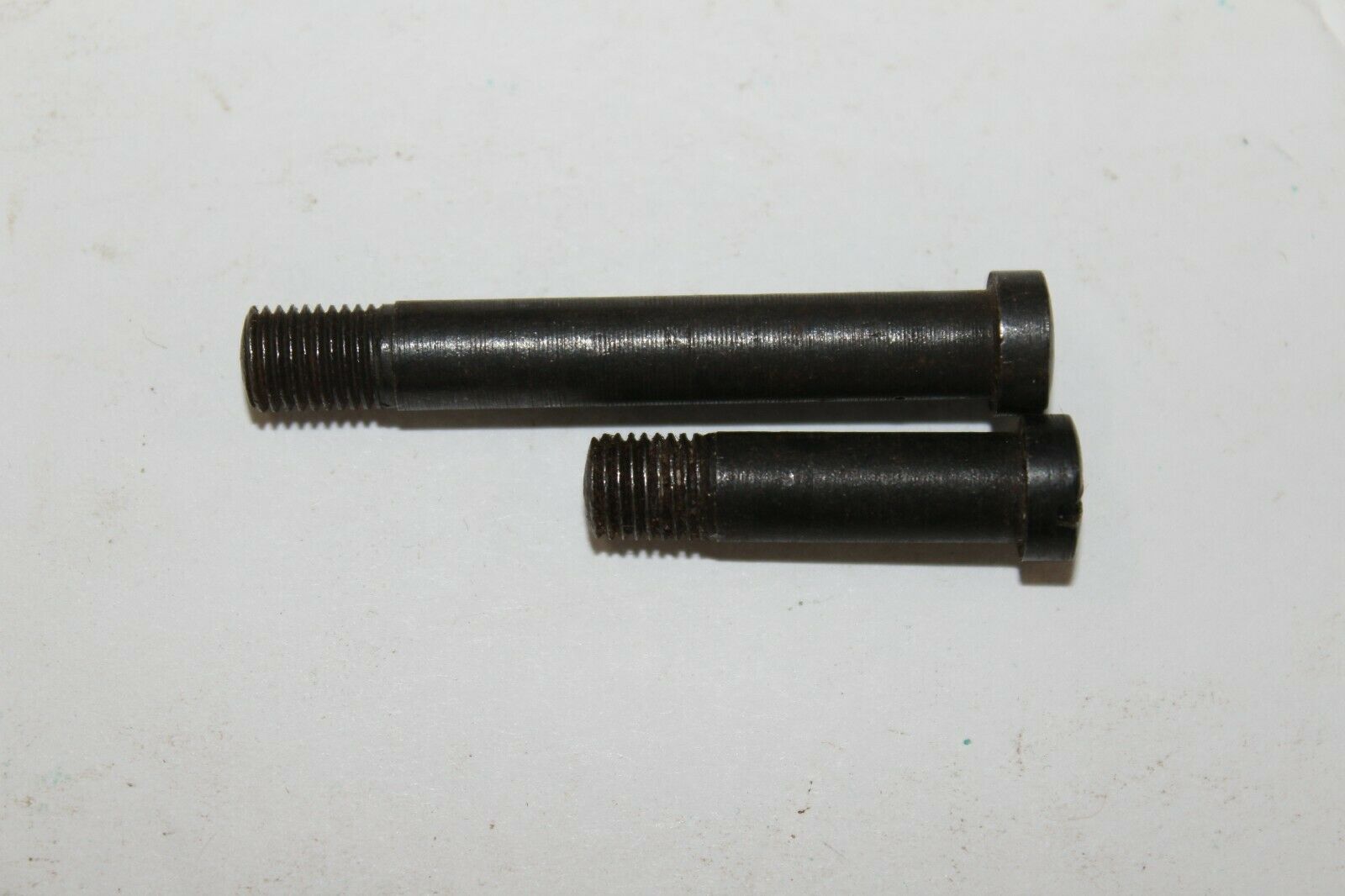-40%
Red army boots.
$ 253.43
- Description
- Size Guide
Description
BEFORE BUYING, BE SURE TO CONTACT ME!Army boots — (description from the order of the NKO of the USSR from 1936. No. 229) oxfords of the "Derby" type of mechanical production with screw, nail or wood fastening of the bottom and outer sole. The upper part is made of beef yufti; the high top and blind valve are made of beef or Horse yufti. Bottom-sole and sole made of leather or leatherette (rubber); leather heel; leather heel with a metal Shoe; padding made of leather or plastic. Leather soles are reinforced with metal fasteners.
Grommets 6.7 or 8 in a row on each side.
Shortly before the great Patriotic war, the production of red army shoes was massively used rubber sole with fluting. Despite the fact that the Guest and standards do not describe the actual pattern of the corrugation-the sole protector - from extracts from some magazines, illustrations from instructions, photos of soldiers and finds from excavations, we can clearly state about three drawings of the sole protector that were in use during the second world war.
1 Rubber sole with tread, " small bumps"
2 Rubber sole with tread " large
bumps"- (
Differs from the previous type by the larger size of the truncated cones — "
bumps
".)
3
Solid rubber sole with tread — indented circles.
4 Rubber sole without tread.
These shoes have a rubber sole with large rubber
"
bumps
"
and a rubber heel.Shoes type 2 .The sole has a thickening in the toe and sole and tread pattern in the form of eight to ten rows (probably depending on the size of the Shoe) of small truncated cones —
"
bumps
"
.
According to the documents, rawhide laces were used, instead of which two pairs of textile laces could be issued. Textile laces should be cotton flat, with metal ends.
Knitted windings worked on Fang machines and Raschel machines made of harsh cotton yarn and painted in black. Each segment from one end is sewn with a ribbon, the other end is sewn, then the formed angle is trimmed around the edges and across the winding at the same time with the seam, the braid is attached.
The dimensions of the windings in the finished form: Length-250 cm, Width-10 cm, length of the braid-70 cm. - From the description approved by the engineer A. O. Bykov on August 20, 1940.
In time of war were to be found winding gray and even khaki. And also slightly simplified in production, i.e. instead of hemming the edges, they were triggered by an overlock and the windings themselves were made less long.
A great replica of the windings goes as a gift to the one who buys these shoes.
The last photos show the soles and heels of the original red army boots found during excavations at the battlefields.
Shoes size 10 R or 10 W
I hasten to remind you that such things every day becomes less.
This
boots
is perfect for collectors and re-enactors of the red Army during the Second World War.
On request, I can send more detailed photos.
The goods are delivered by the postal service of Belarus.Delivery takes 2 to 6 weeks.
BEFORE BUYING, BE SURE TO CONTACT ME!
ATTENTION ,IN CONNECTION WITH THE EPIDEMIC OF THE VIRUS ,THERE MAY BE INTERRUPTIONS TO THE OPERATION OF POST OFFICES!!!!




















